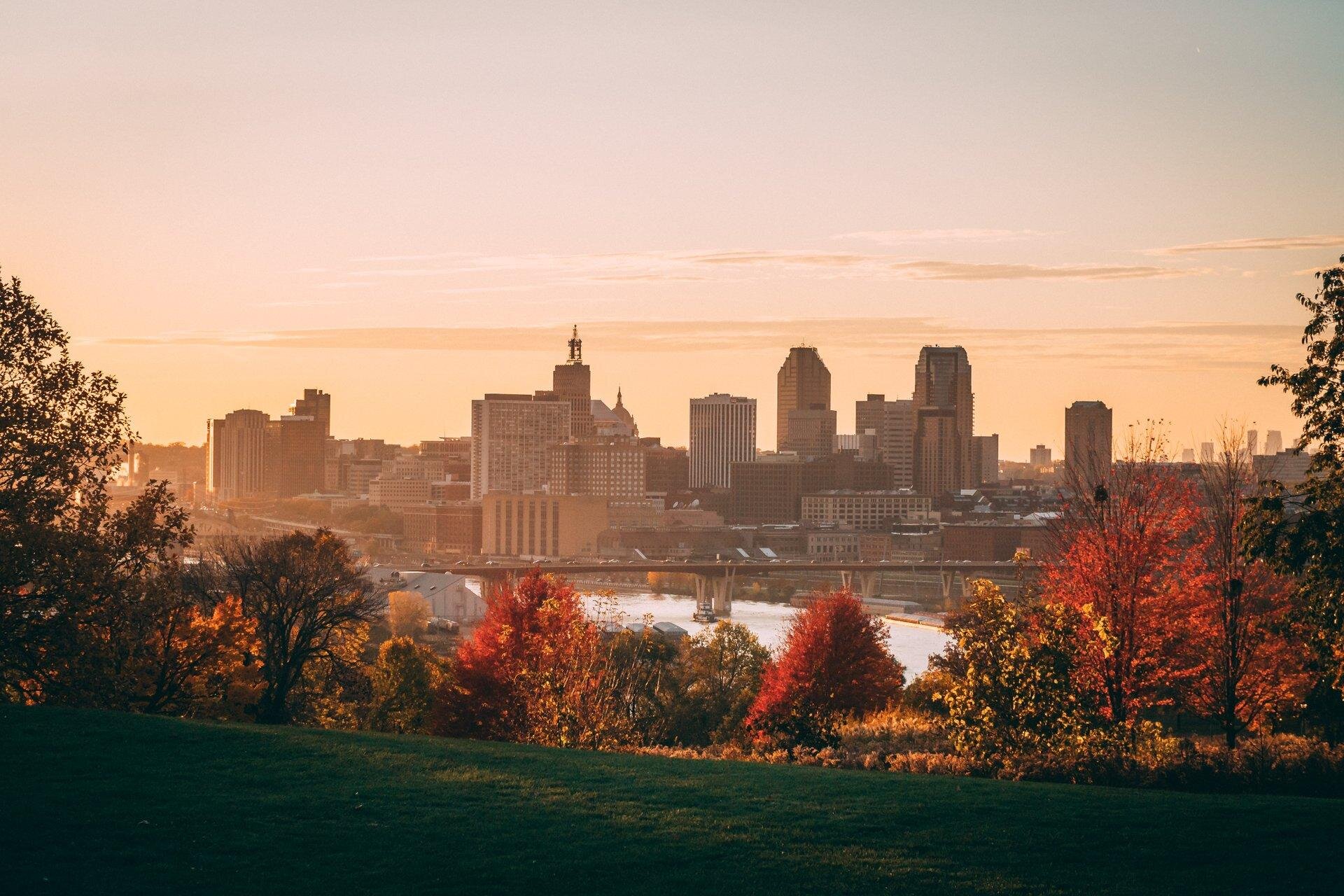Years of Efficiency Puts Saint Paul in the Lead
For 15+ years, Minnesota’s capital city has worked to make their buildings more efficient – and today they are seeing the benefits.
In 2007, the concept of energy efficiency was just beginning to go mainstream. The City of Saint Paul, however, was quickly learning the importance of constructing smarter, better buildings for their community. That year, Saint Paul launched two first-of-their-kind policies that would guide the city and developers toward the future of built environments.
The first was a policy that required all new and renovated city buildings to meet Leadership in Energy and Environmental Design (LEED) Silver requirements to ensure they were built to the latest efficiency standards. The second was a Sustainable Building Policy, created in collaboration with developers, community members, housing advocates, architects and non-profits, that required all projects receiving more than $200,000 in city financing to meet similar efficiency standards set in place for all updates to city buildings.
Together, these two policies would make Saint Paul a national model for cities across the country to follow as the importance of energy efficiency continued to become a priority.
Businesses Break New Ground
As a result of the collaborative development process, many businesses and developers working in Saint Paul were well equipped to pursue the new standards set by the city. In the process, many discovered that following stronger efficiency guidelines would increase the value of their buildings in the long-term, through savings on their energy bills and an increase in the value of their buildings.
One example of these businesses is Kendall’s Ace Hardware, a small family-owned hardware store on the Eastside of Saint Paul. In 2012, owners Kendall and Alexandra Crosby relocated to the corner of Payne Avenue and Phalen Boulevard. The project received over $200,000 in public investment and was required to comply with the city’s Sustainable Building Policy. Kendall’s decided to follow a new, Minnesota-made building standard known as “B3” (Buildings, Benchmarks and Beyond) guidelines. By following the B3 guidelines, Kendalls has been able to save thousands of dollars in energy costs over the past eight years.
Residential real estate developers have also embraced Saint Paul’s vision for the buildings of our future. A prime example of this is The Penfield, a six-story rental apartment building with first-floor commercial space located in downtown Saint Paul. The Penfield was built to receive LEED Silver certification, which helped to attract interest from the commercial real estate investor that purchased the building from the Saint Paul Housing and Redevelopment Authority. During construction, over 75% of the construction waste was diverted from landfills. The project’s green roof will reduce stormwater runoff and serve as an amenity for residents.

